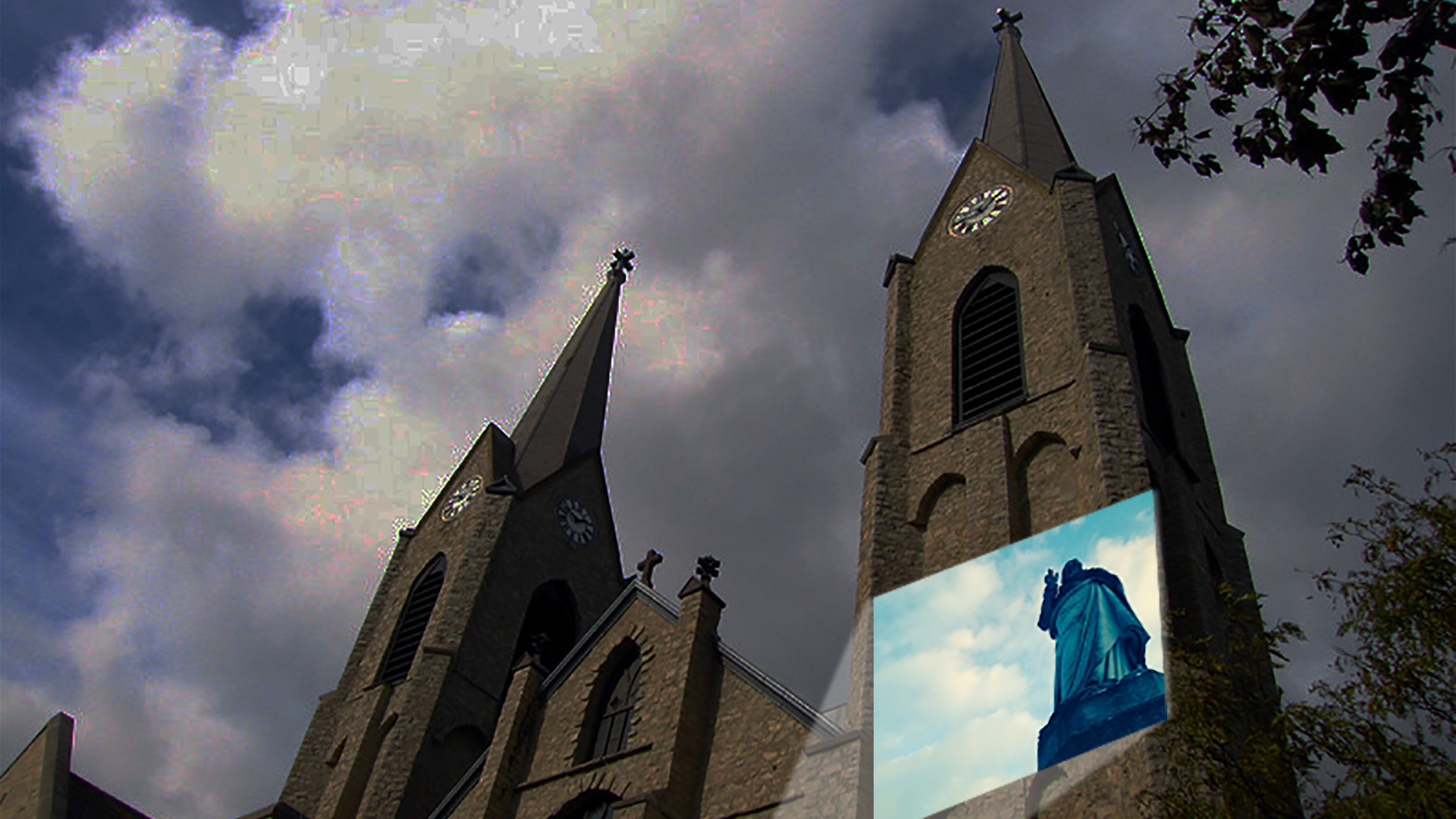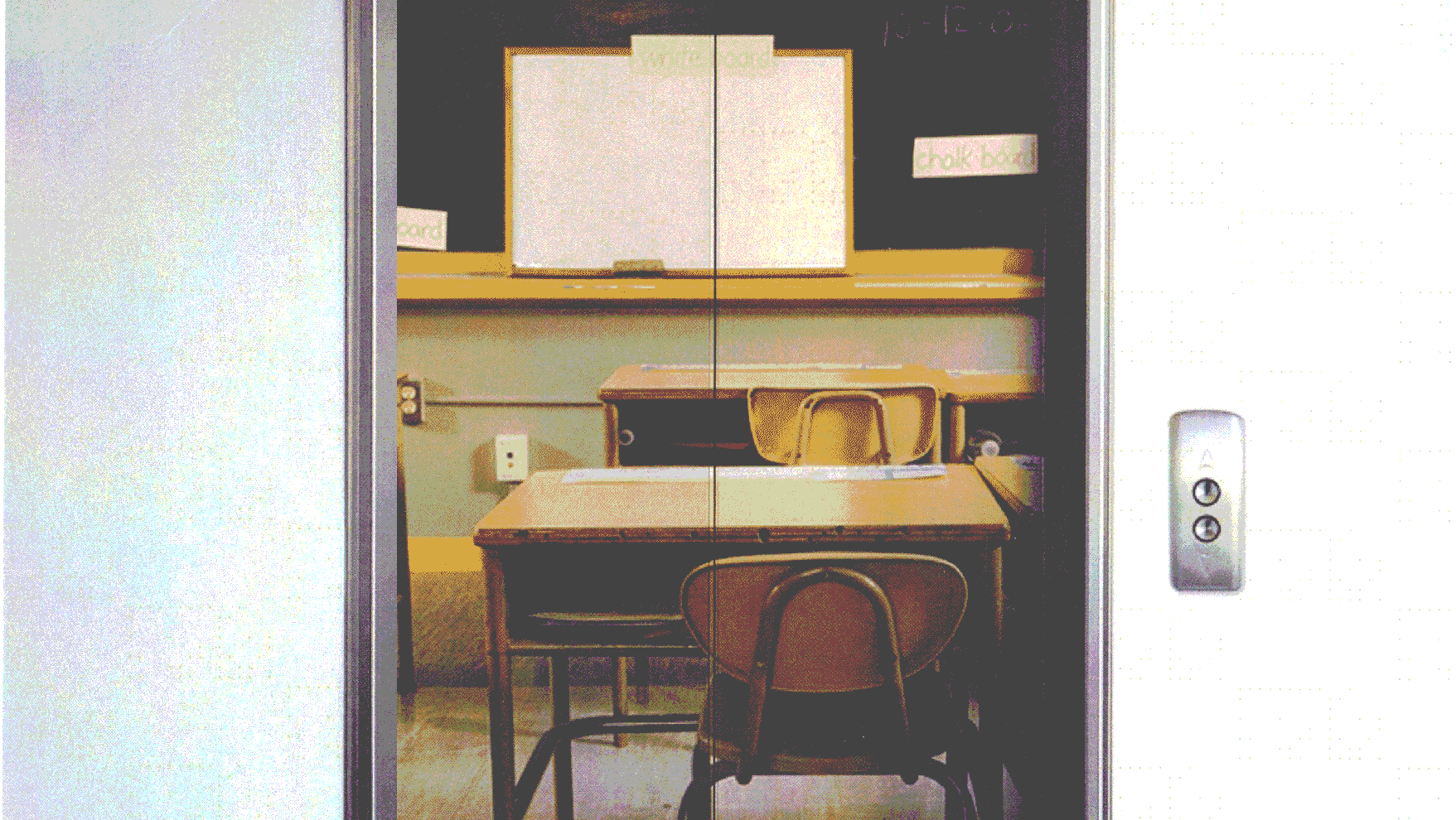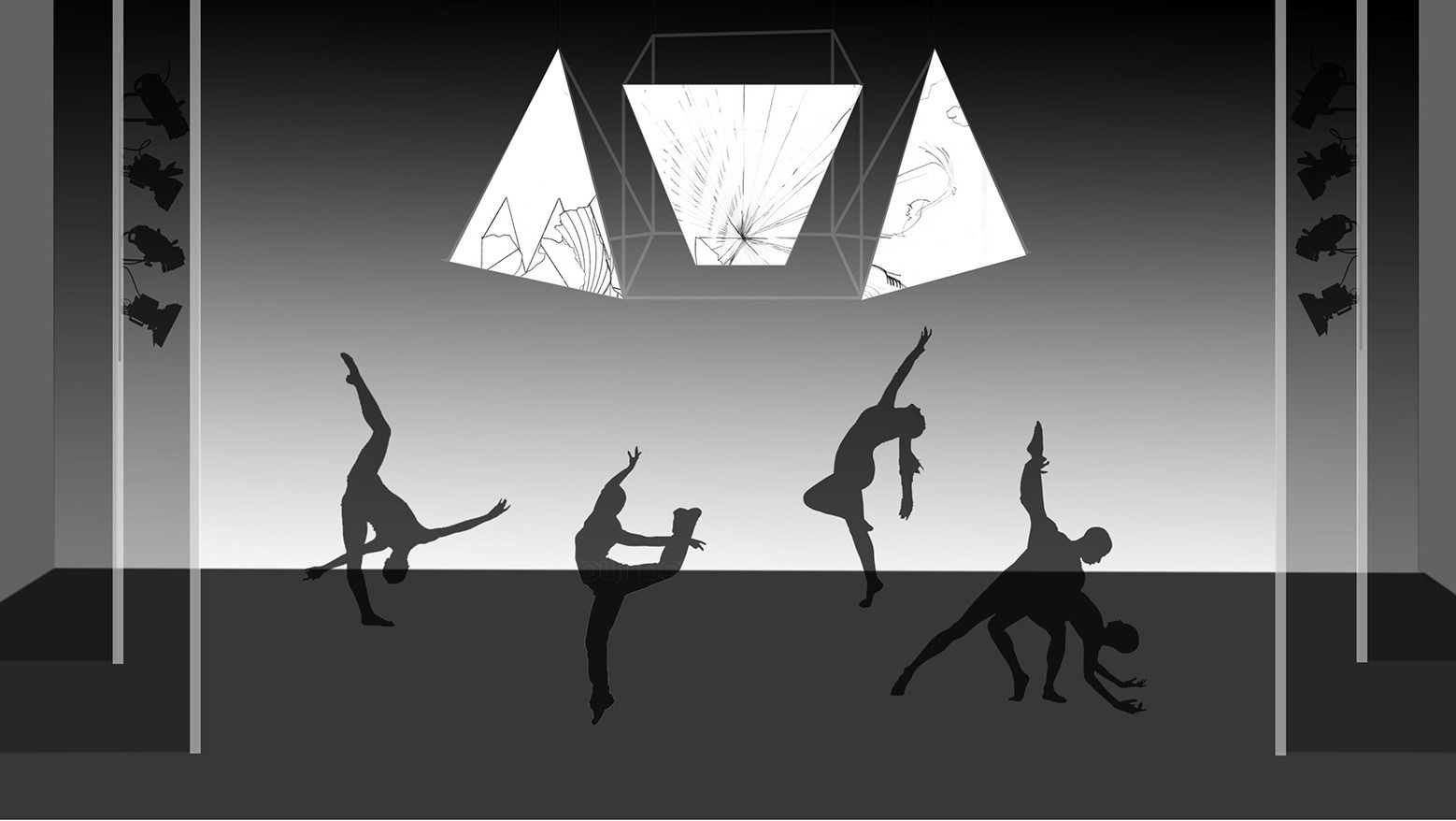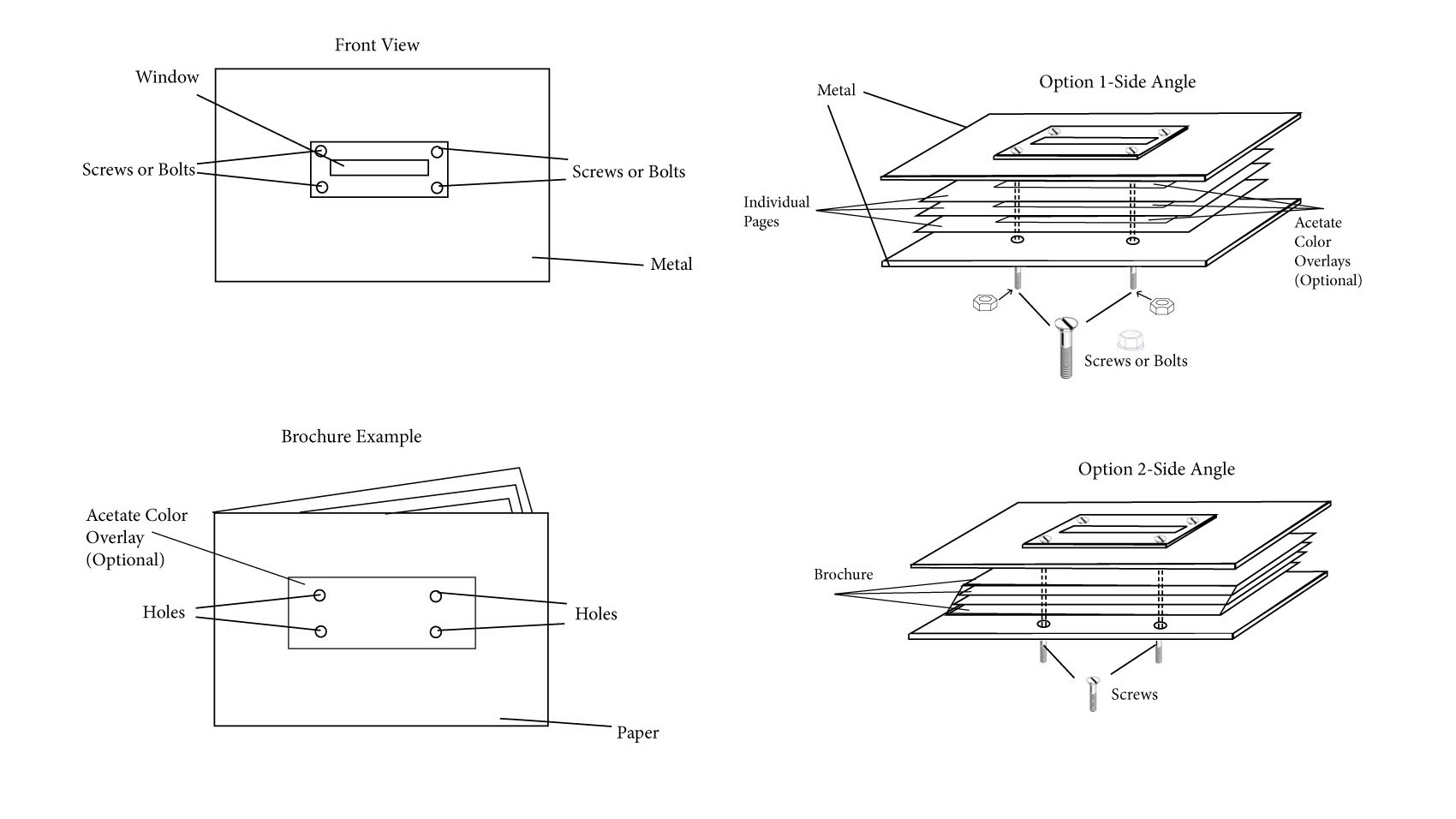Artist Statement
The act of truly seeing is complex when we come upon the eyes of terminal illness. We are confronted in that moment with our own mortality. That is difficult to look into the eyes of. Notwithstanding, I have been a witness to this kind of looking since my best friend and partner of nine years was diagnosed with cancer, multiple myeloma at the age of 30. I spent years with her taking her to appointments, surgeries, chemotherapy and radiation treatments, long stints of time in hospitals and above all, at the Froedtert Clinical Cancer Center. The center streamlines the “cancer experience” for patients and their families. The facility brings together all the different physician specialists, oncology nurses and other experts and services cancer patients needs in one location. This space, therefore, is filled with illness, and, in it I often found myself challenged by the gaze of a cancer patient. Depending on my ability that day to keep my composure, I found myself most often ill equipped to not only confront my friends illness, but others that were not well. Often, I had felt overwhelmed with “seeing”, trying to divert my attention away from those hundreds of people, just like Amy, that were sick. In many cases, I selfishly turned away from confronting not only their illness by not looking, but their energy and them as people.
See Me will encourage the viewer to confront, while walking into the entrance of the Froedtert Cancer Center, the gaze of a real life patient being treated at the cancer center. Eye tracking, run through MAX and 5 webcams attached to long LCD screen, will capture the iris of the viewer with a perfectly symmetric green circle, and match it with that of the iris of the patient. As if the spectator’s eyes and that of the patient are actually interwoven in real time, each participant is able to engage, face-to-face firsthand with a cancer patient. This looking steadily, intently and with fixed attention encourages a united human force rather than the characteristic I am here and you are there separate mentality. Expanding upon Abramović’s interest in the transfer of energy between performer and participant, the exhibit attempts to rid the viewer of the feeling of disconnectedness and rather, focus on the looking upon illness with solidarity and empathy. There are no power dynamics that come into play as both spectator and patient are on equal ground. Here, much like Michel Foucault suggested concerning art and the gaze, the work has the ability to break down the usual binary nature of the gaze, uniting, resonating and aiding in a “relation”.











